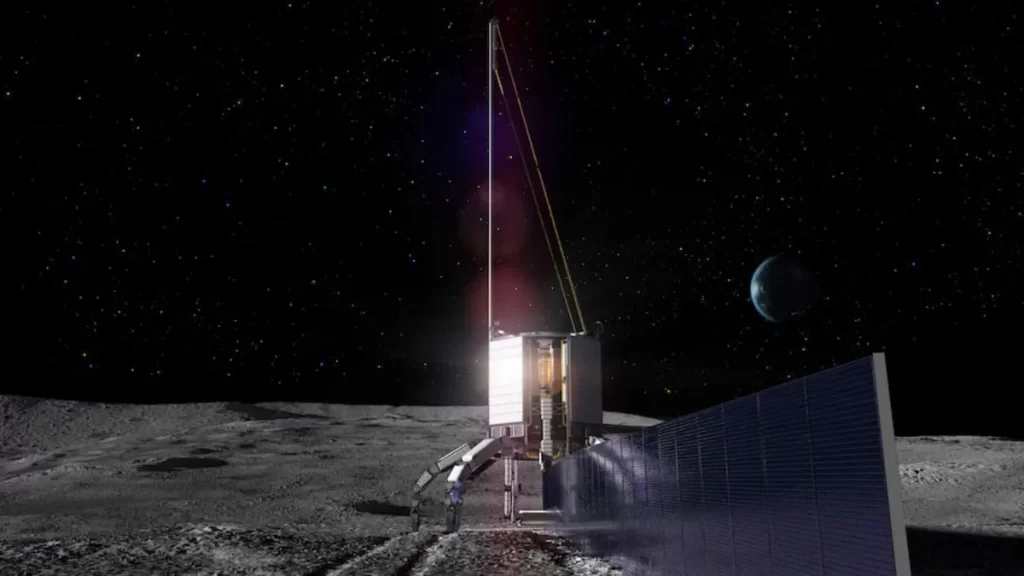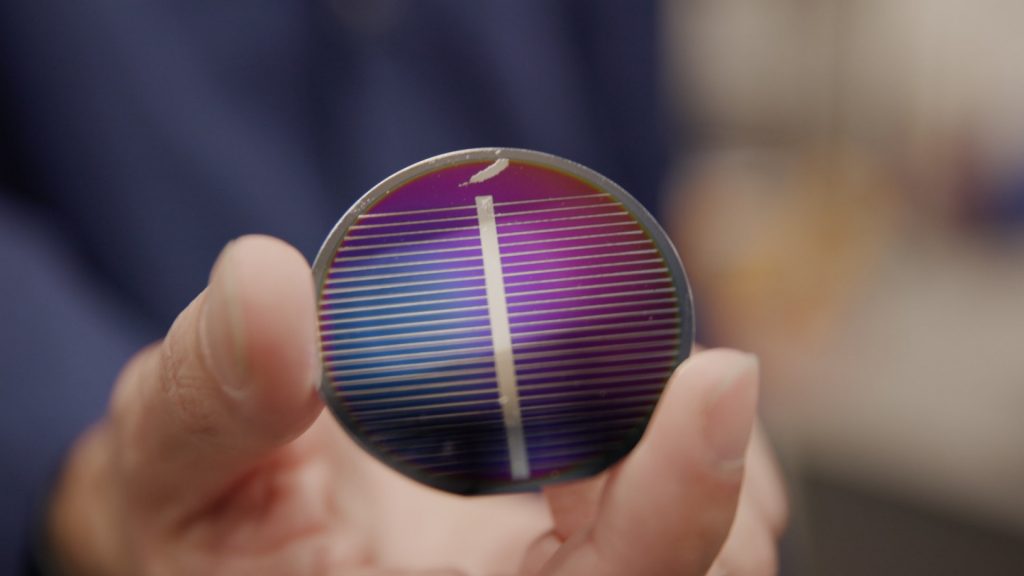Blue Origin, the aerospace company founded by Amazon’s Jeff Bezos, has announced a new system that could enable unlimited solar power on the Moon. The company’s “Blue Moon” lunar lander would transport a series of mobile, autonomous robotic vehicles called “Bunches” that would be responsible for deploying and maintaining an array of solar panels on the moon’s surface.
The technology could be critical to NASA’s Artemis program’s goal of establishing a permanent presence on the moon. It could significantly reduce the expenses of getting materials to the moon while also providing a robust solution; Blue Origin claims in its statement that its solar cells can work in the moon’s “harsh environment” for more than a decade.

The Bunches are designed to work together in a self-organizing network, which would allow them to spread out and cover a wide area of the Moon’s surface. They would be equipped with advanced sensors and artificial intelligence software, enabling them to navigate the challenging lunar terrain and avoid obstacles.
Once the bundles reach their destination, they will use specialized tools and mechanisms to deploy the solar panels, which will then begin collecting and storing energy from the sun. The solar panels would be able to generate power around the clock, thanks to the moon’s 14-day day/night cycle, which alternates between periods of total darkness and near-constant sunlight.
The potential applications for unlimited lunar solar power are vast. It could be used to power future lunar missions, including long-term human settlements as well as scientific research stations and other facilities. It could also be used to power equipment and vehicles, such as rovers and drones, that explore the moon’s surface.

Blue Origin’s announcement comes as interest in lunar exploration and exploitation is on the rise. NASA and other space agencies are planning to return to the Moon in the coming years, while private companies are also developing their lunar missions and technologies.
The development of a sustainable, reliable source of solar power on the moon could be a significant step towards making long-term human habitation on the lunar surface a reality. It could also pave the way for the development of other space-based solar power systems, which could potentially provide a new source of renewable energy for Earth.


